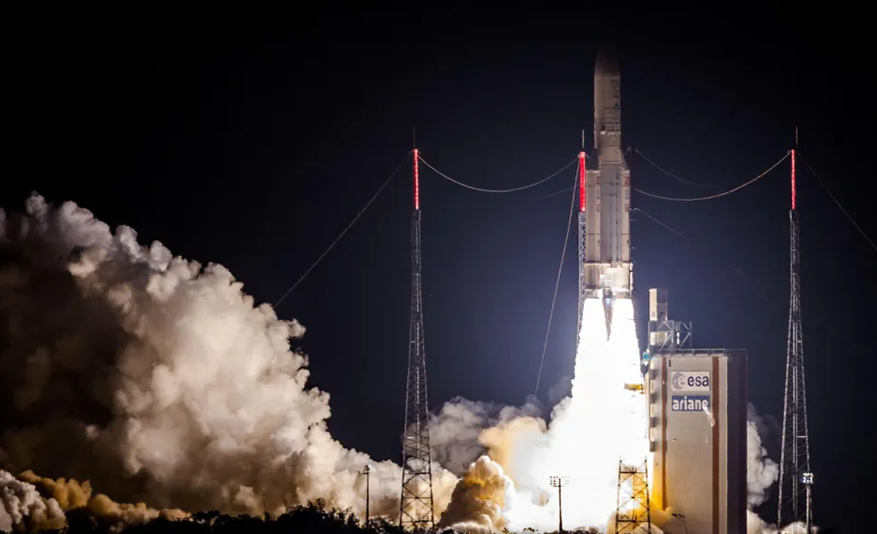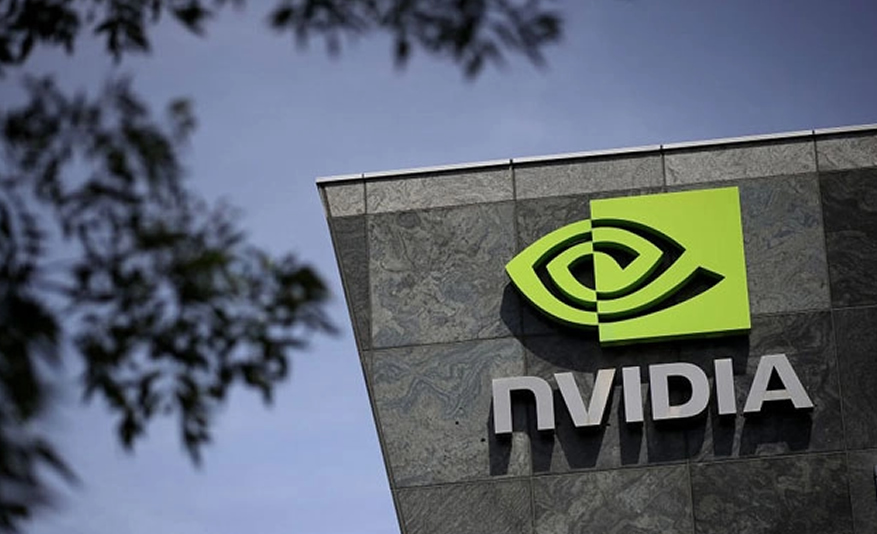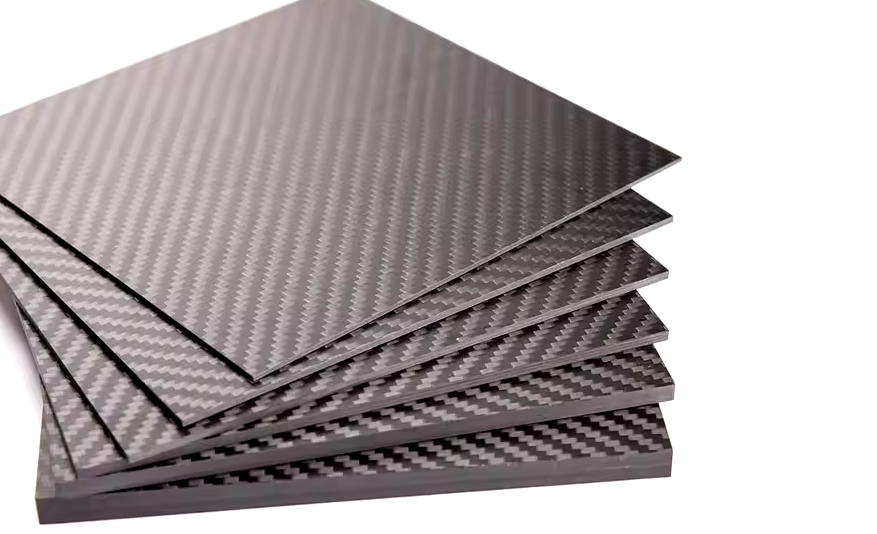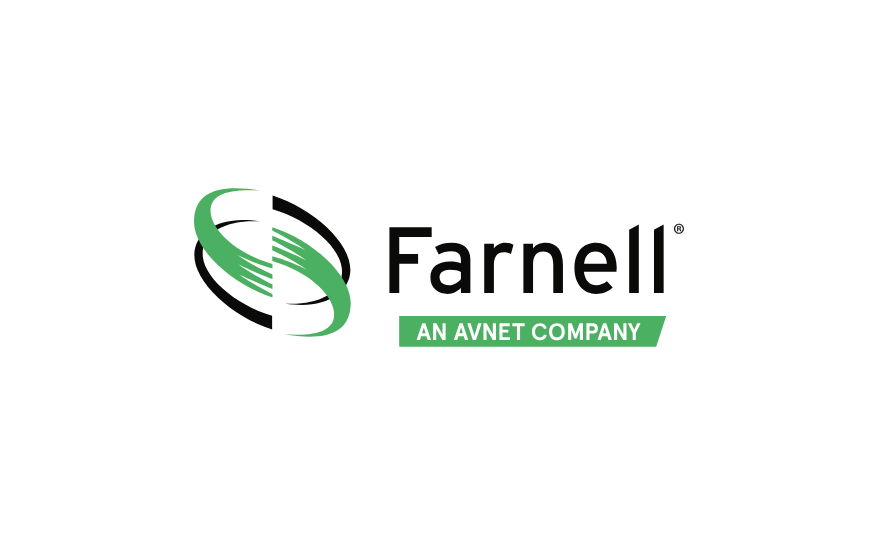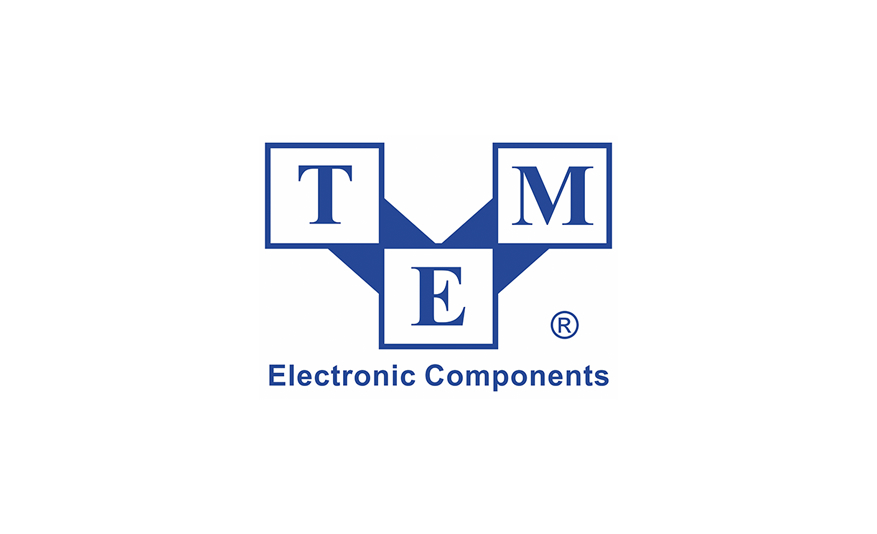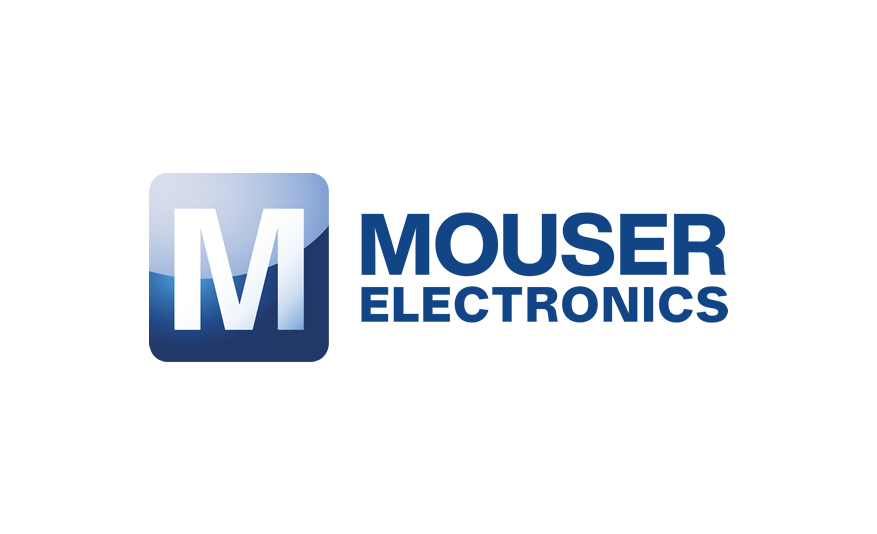The U.S. aviation industry is experiencing a historic period of innovation and technological advancement with safety-enhancing technologies certified by the Federal Aviation Administration, including advanced automation and remote piloting capabilities, within reach.

These systems, which can safely automate existing airlift and refueling aircraft, are crucial in addressing the paradigm shift of U.S. logistics and air-to-air refueling needs in the Indo-Pacific.
To effectively deter China, the United States must project air power across vast distances and in areas with limited infrastructure, and advanced aircraft automation is a significant part of how we will succeed. Policymakers should prioritize investments in dual-use aircraft automation technologies with a proven FAA certification track record as these systems can enter production quickly, meet stringent redundancy requirements and integrate with existing airspace operations.
Today, the nation possesses the technology to bring higher levels of automation and remote piloting to existing Air Force refueling aircraft such as the KC-135 Stratotanker. These technologies can reduce pilot workload to enable longer-duration missions, unlock reduced crew operations or allow aircraft like the KC-135 to be remotely piloted from a ground control station.
To achieve effective deterrence against China, the Air Force must deploy bombers and tactical aircraft farther into the Indo-Pacific. This requires additional refueling capacity across greater distances, and in the near term, is only achievable with a modernized KC-135 that includes advanced automation with a FAA certification track record.
Unfortunately, in an era of downward budget pressure, programs designed to make existing aircraft more capable often receive less political support.
Making the KC-135 more operationally relevant with automation, including the potential for remote piloting, will deliver capabilities rapidly through cost-effective modernization. Increased levels of automation and remote piloting will enable refueling aircraft to operate on longer missions in challenging operational environments, while eliminating risk for aircrews.
This investment in existing assets is the optimal strategy for bridging the gap between today’s tanker fleet and future refueling aircraft which won’t enter service for 20 to 30 years.
Through AFWERX, the innovation arm of the Air Force and its Prime program, the Defense Department is making progress on leveraging automation and remote piloting to support Air Force operations. However, to meet the unprecedented aerial refueling demands in the Indo-Pacific, the broader Air Force organization must embrace these technologies.
To rapidly meet air-to-air refueling needs, the Air Force should leverage small business investments in FAA-certifiable advanced automation and remote piloting systems. The high levels of reliability, redundancy and systems maturity the FAA requires will deliver dual-use technology to the Pentagon at fractional cost. Rather than focusing on experimental AI-based autonomy, the United States must prioritize investments in automation technologies making FAA certification progress. While not all FAA criteria translate into defense requirements, the stringent process will deliver robust systems for the warfighter.
In the fiscal year 2024 Further Consolidated Appropriations Act, Congress increased AFWERX funding, but this represents a fraction of the $36 billion Air Force research, development, test and evaluation budget. Given the importance of large aircraft automation to addressing capability gaps, policymakers should look across the research and testing enterprise to accelerate progress.
Expanding beyond AFWERX, Air Force Research Laboratory programs targeted toward technology development and demonstration should focus on commercially developed automation solutions for airlift and refueling aircraft. The House Appropriations Committee directed funding to automated KC-135 design and prototyping in the fiscal year 2025 House Defense Appropriations bill.
Along with the targeted funding increase, the House Armed Services Committee expressed support for KC-135 automation in the 2025 National Defense Authorization Act.
Report language directs the secretary of the Air Force to develop a plan for implementing “commercially developed advanced automation” technologies for aircraft such as the KC-135. The language also identifies that the KC-135 will be operated through at least 2050 to provide aerial refueling capacity necessary to meet the National Defense Strategy.
As Congress advances the fiscal year 2025 defense appropriations and authorization bills, I urge House and Senate leaders to support the KC-135 automation funding increase and related NDAA report language. Both provisions are crucial to providing the near-term aerial refueling capabilities the United States requires to deter China.











